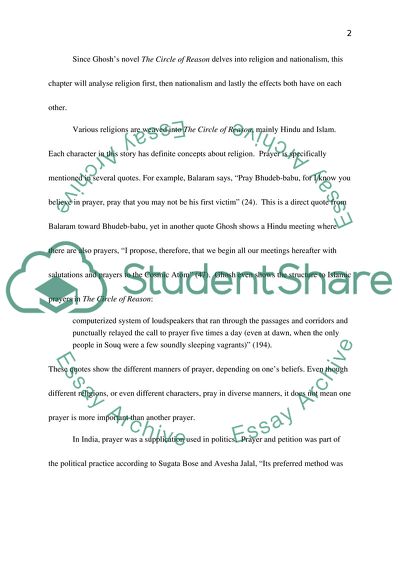Cite this document
(The Circle of Reason Article Example | Topics and Well Written Essays - 4000 words, n.d.)
The Circle of Reason Article Example | Topics and Well Written Essays - 4000 words. Retrieved from https://studentshare.org/religion-and-theology/1704325-first-chapter-of-my-dissertation
The Circle of Reason Article Example | Topics and Well Written Essays - 4000 words. Retrieved from https://studentshare.org/religion-and-theology/1704325-first-chapter-of-my-dissertation
(The Circle of Reason Article Example | Topics and Well Written Essays - 4000 Words)
The Circle of Reason Article Example | Topics and Well Written Essays - 4000 Words. https://studentshare.org/religion-and-theology/1704325-first-chapter-of-my-dissertation.
The Circle of Reason Article Example | Topics and Well Written Essays - 4000 Words. https://studentshare.org/religion-and-theology/1704325-first-chapter-of-my-dissertation.
“The Circle of Reason Article Example | Topics and Well Written Essays - 4000 Words”, n.d. https://studentshare.org/religion-and-theology/1704325-first-chapter-of-my-dissertation.


